Have you ever wondered what’s going on behind those mysterious feline eyes? Cats have a reputation for being enigmatic, but they’re actually brimming with emotions—if you know where to look. Imagine coming home to find your cat waiting by the door, tail held high, purring like a tiny engine. Is that happiness, or just hunger? Understanding your cat’s happiness can feel like a puzzle, but there are clear signs that reveal just how content your furry friend truly is. Let’s dive into the world of whiskers, purrs, and playful antics to uncover the top 10 signs your cat is living its best, happiest life.
The Power of the Purr

One of the most heartwarming sounds a cat can make is the purr. While cats may purr for various reasons, a steady, gentle purr while relaxing beside you is often a sign of deep contentment. Some cats even purr when they’re being brushed or gently stroked, relishing every moment of attention. If your cat seeks your company and starts purring the moment you sit down, consider yourself a lucky companion. But beware—a loud, insistent purr coupled with restless movement might mean your cat is anxious or uncomfortable. In most cases, though, a happy cat’s purr is like a song of satisfaction, a fuzzy lullaby that soothes both of you.
Slow Blinks and Soft Gazes
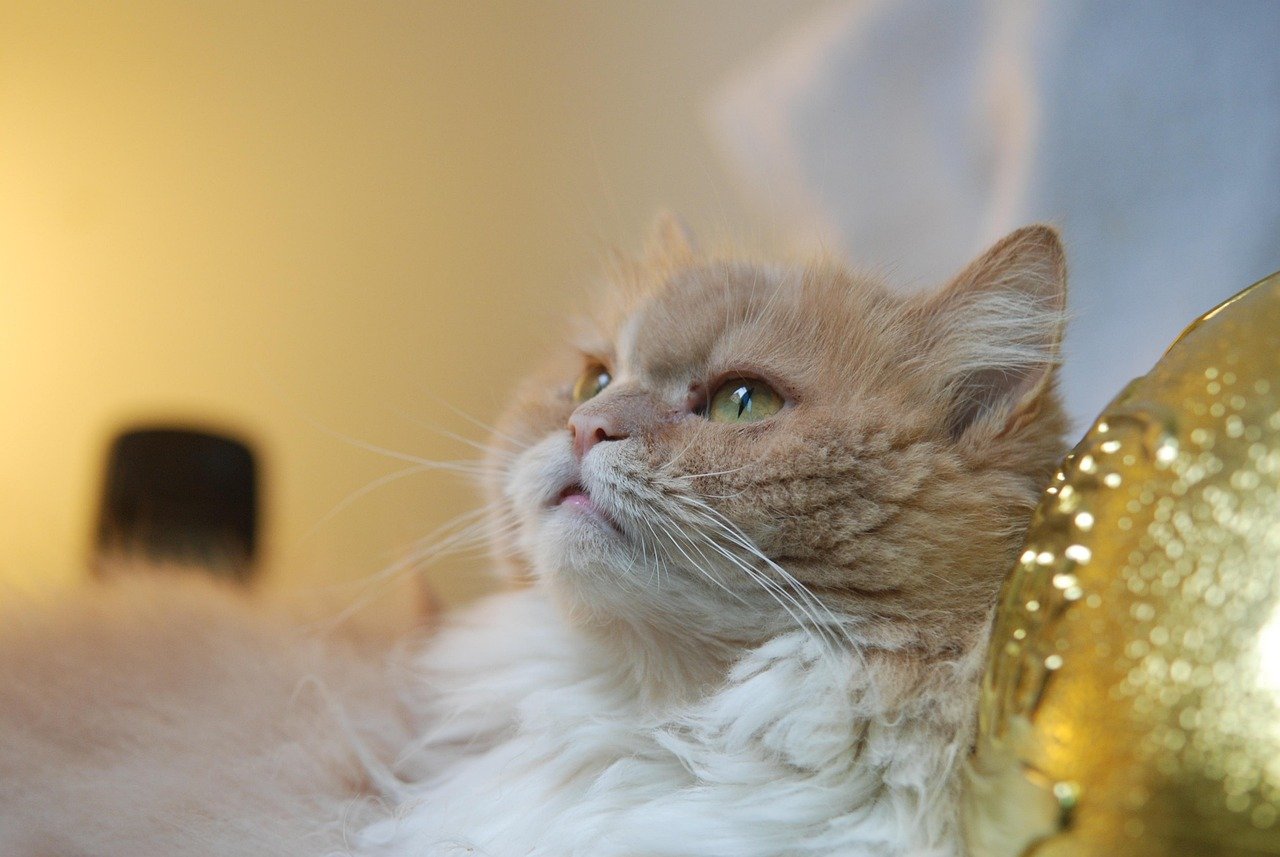
Cat owners often notice their pets giving them slow, deliberate blinks. This is sometimes referred to as a “cat kiss.” When your cat looks at you and blinks slowly, it’s a sure sign of trust and affection. Try blinking slowly back at your cat and see if they reciprocate; it’s a silent way to say “I love you.” A happy cat will also gaze at you with soft, relaxed eyes, rather than wide, startled ones. These loving looks show your cat feels safe and content in your presence, making you part of their trusted inner circle.
Tail Tales: The Upright Signal
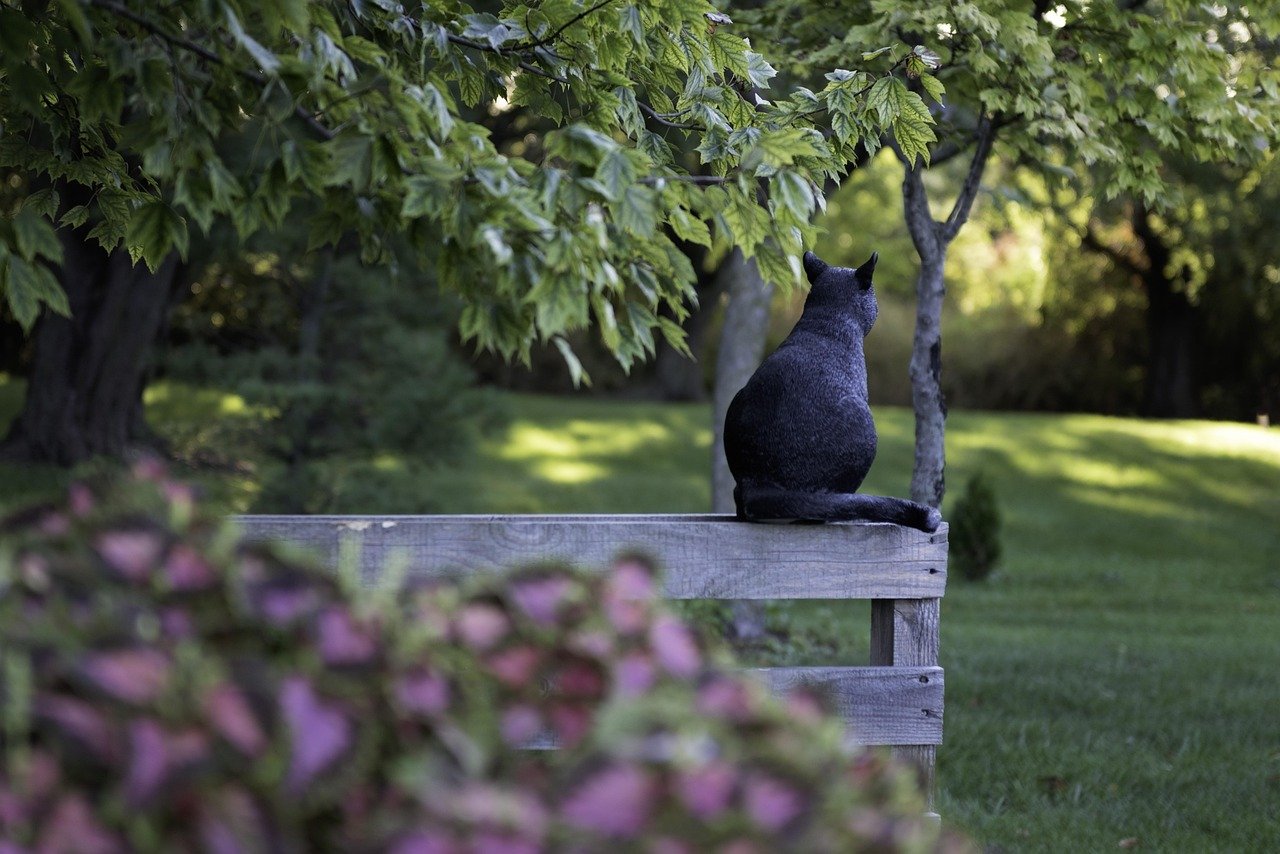
A cat’s tail is like a furry flag that broadcasts their mood. When your cat approaches you with its tail held high, sometimes with a little curve at the tip, it’s expressing happiness and confidence. This is a classic sign that your cat feels secure in its environment. A quivering tail when you come home can be an extra enthusiastic greeting. On the other hand, a tucked or puffed-up tail usually means the opposite. So, next time your cat parades around the house with its tail in the air, know it’s a happy display just for you.
Playful Antics and Zoomies
A happy cat is an active cat. If your feline friend suddenly dashes across the room, leaps onto furniture, or attacks a toy with wild abandon, it’s a great sign. Playful behavior, often called the “zoomies,” is a sure indicator your cat is feeling energetic and content. Even older cats will occasionally get a burst of playfulness when they’re in a good mood. Providing toys and interactive playtime helps your cat stay happy and healthy, while also strengthening your bond. The more your cat plays, the more joy they’re likely feeling.
Chirps, Trills, and Happy Meows
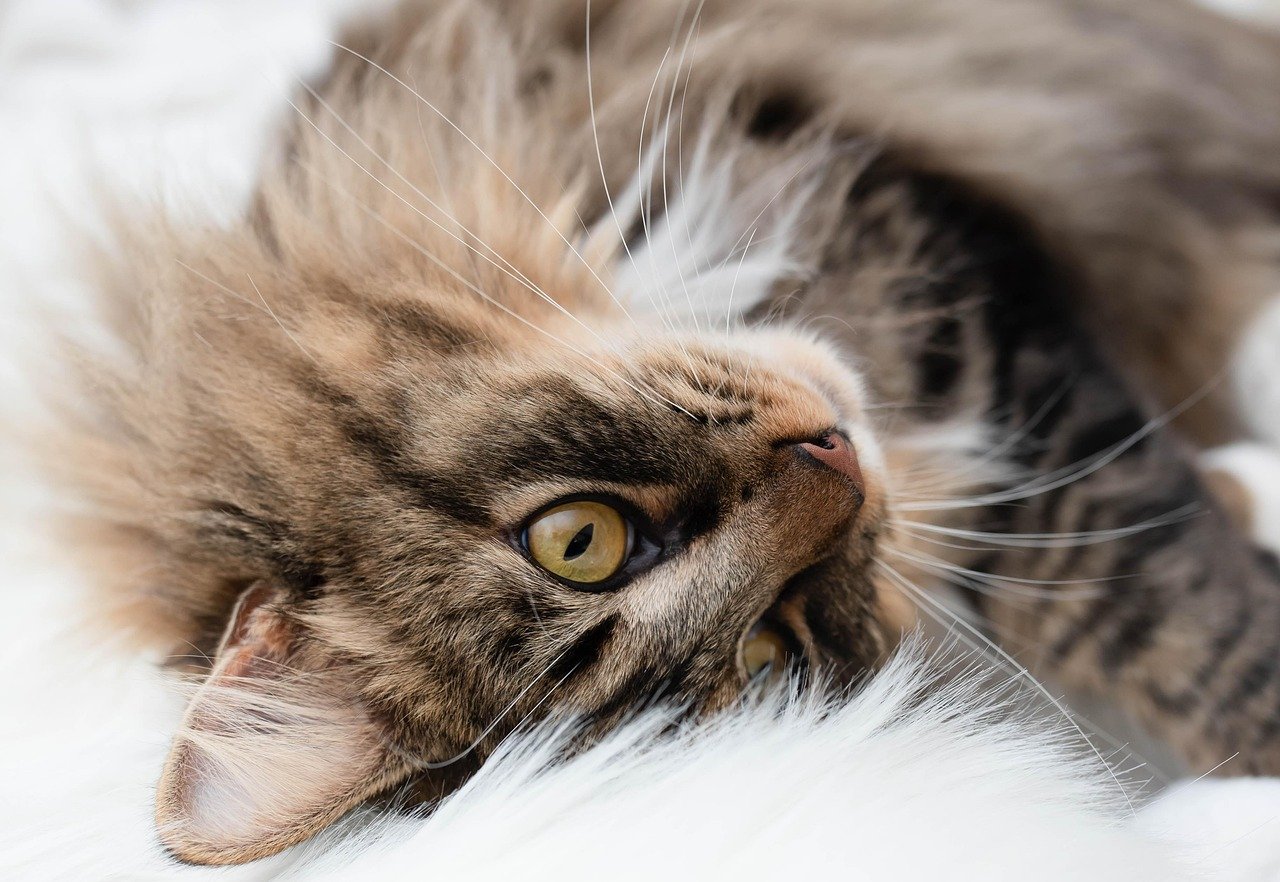
Cats have a surprising vocabulary, and their different sounds can offer clues to their mood. Happy cats often make soft chirping or trilling noises, especially when greeting you or observing something exciting, like a bird outside the window. Content cats might also meow in a friendly, conversational tone, rather than a harsh or demanding one. If your cat follows you around the house, chatting away with a series of gentle sounds, it’s their way of sharing happiness and wanting to include you in their world.
Kneading: The Biscuit-Making Ritual
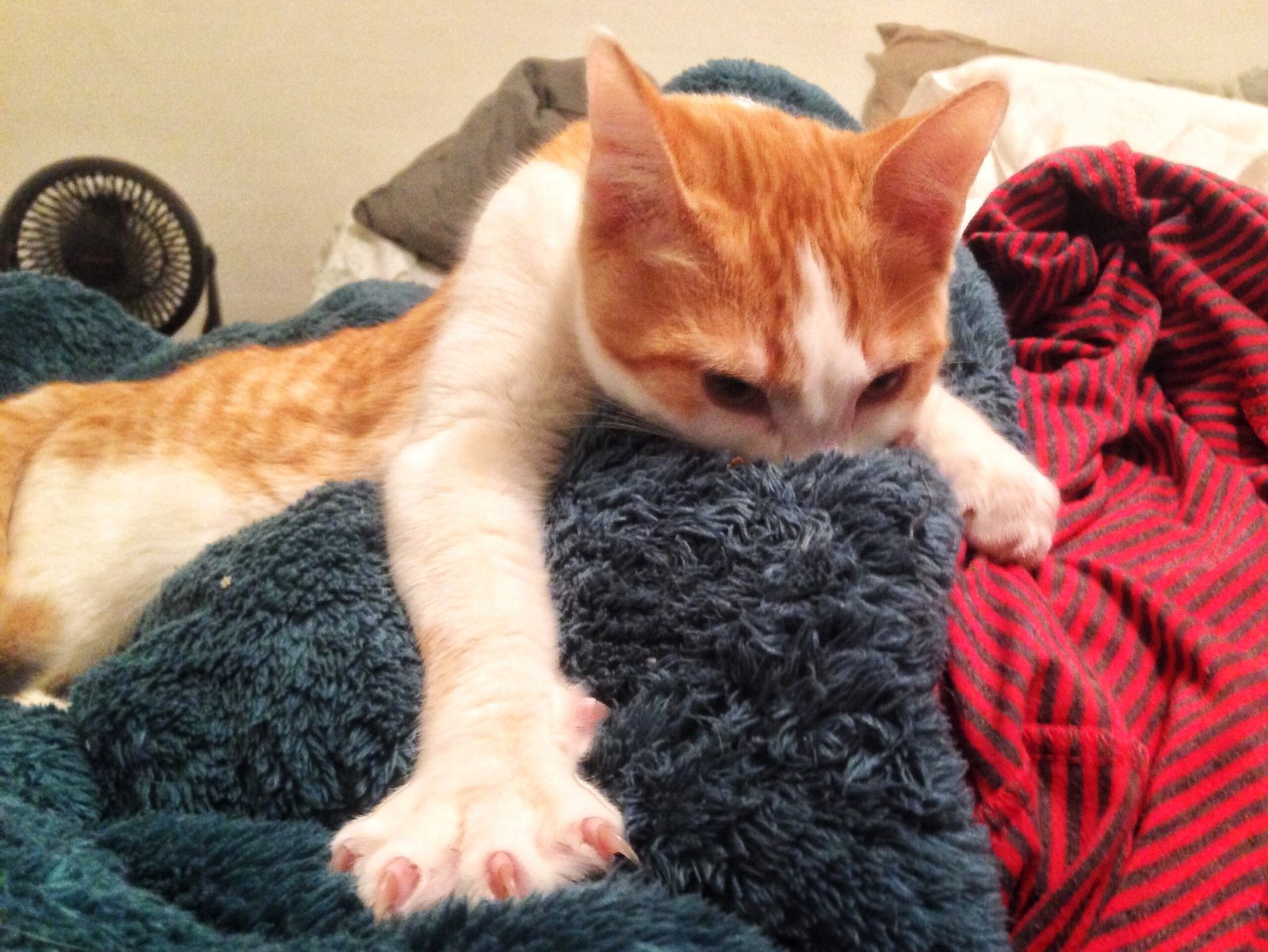
If your cat presses its paws rhythmically against your lap, a blanket, or even your chest, you’re witnessing a classic sign of feline happiness. This behavior, known as kneading or “making biscuits,” harks back to kittenhood, when young cats knead their mother’s belly for milk. When adult cats knead, it’s a sign they feel safe, comfortable, and content. Some cats even purr or drool while kneading, completely lost in their pleasure. It’s messy, it’s adorable, and it’s one of the purest displays of feline joy.
Relaxed Body and Belly Flops

A truly happy cat will lounge around your home with an easy grace. You might spot your cat sprawled out on the floor, belly exposed—a vulnerable position that signals total trust. Sometimes, a cat will roll onto its back and stretch, showing off its fluffy tummy. While not every cat enjoys belly rubs, the act of exposing this delicate area is a clear sign that your pet feels totally at ease. A relaxed cat will also have loose limbs, a softly swishing tail, and an overall sense of calmness in its posture.
Appetite and Grooming Habits
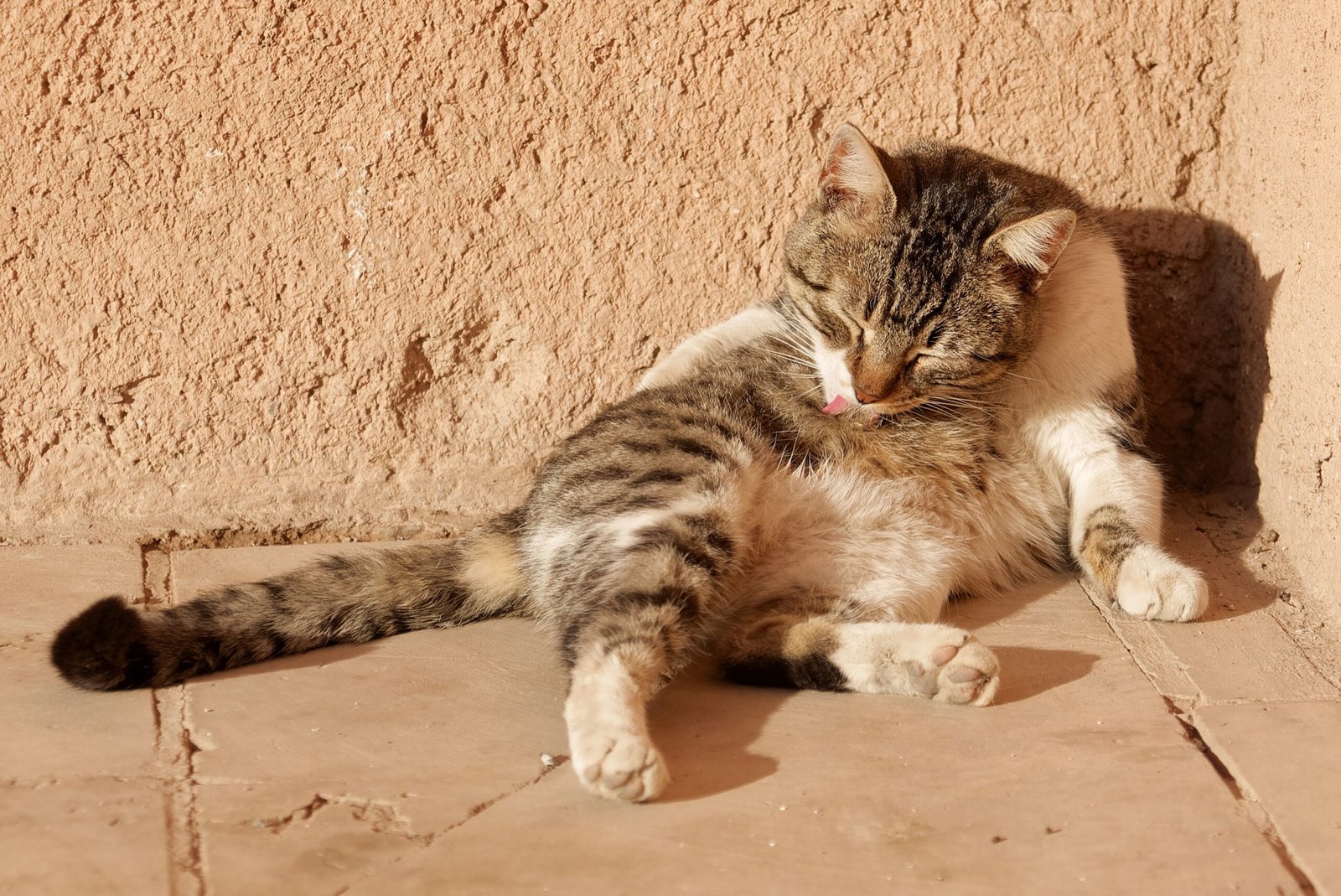
A healthy appetite is a subtle but important sign of a happy cat. Enthusiastic eating and curiosity about mealtimes usually mean your cat is feeling good. Equally important is grooming: cats are meticulous about their hygiene, and regular self-grooming is a sign of both happiness and health. A content cat will spend a good portion of the day cleaning itself—and sometimes, if you’re really loved, your cat may even try to groom you! On the flip side, a sudden loss of appetite or a scruffy coat can be warning signs that something’s wrong.
Head Butts and Cheek Rubs
When your cat bumps its head against you or rubs its cheeks on your hands, it’s not just marking territory—it’s expressing affection and happiness. These gentle nudges, called “head bunting,” release pheromones that mark you as a trusted companion. Cheek rubs against furniture, toys, or your legs are also a way for cats to scent-mark their world, indicating they feel safe and secure. If your cat offers you these head butts and rubs, take it as a sweet compliment and a sure sign of contentment.
Curling Up Beside You
Perhaps the most reassuring sign of all is when your cat chooses to nap beside you, or even on top of you. Cats are natural sleepers, but they’re very particular about where and with whom they sleep. Curling up next to you, especially in a quiet, vulnerable moment, means your cat trusts you completely and feels truly at home. The warmth of your body and the steady rhythm of your breath can be incredibly soothing for your feline friend. If your cat makes you their favorite sleeping spot, you can be sure you’re a source of happiness in their world.
Jen is a passionate nature lover and ocean conservationist. She has dedicated her life to protecting the environment and preserving the beauty of the natural world. Growing up in a small coastal town, Jen sincerely appreciated the ocean and its inhabitants. She has spent countless hours exploring the shoreline, learning about the creatures that inhabit the waters, and advocating for their protection. Jen is an active member of ocean conservation organizations, and she is committed to educating the public about the importance of conserving wildlife and the natural environment.





